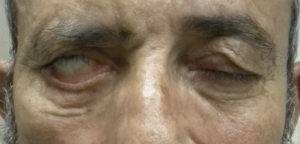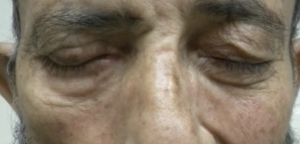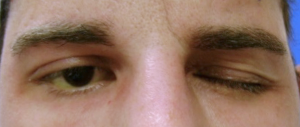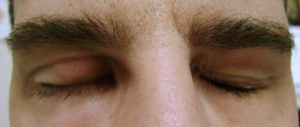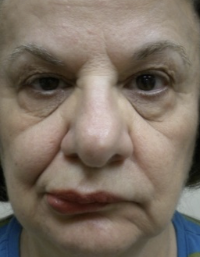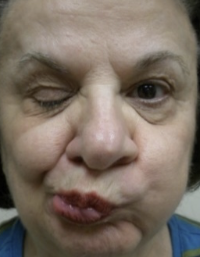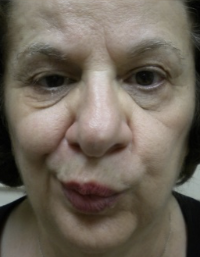Facial nerve / Bell’s Palsy
Facial nerve paralysis causes drooping of the muscles of one side of the face. There are many different causes of facial nerve palsy including infection, trauma, tumor, and Bell’s palsy. Bell’s palsy will often resolve on its own; however, other causes of facial nerve paralysis may be permanent. Around the eye, facial nerve paralysis can lead to difficulty closing the eye, dryness of the ocular surface, tearing, turning out of the lower eyelid (ectropion) and drooping of the eyebrow. Effects on the lower face include an asymmetric smile and drooling. Facial nerve synkinesis (aberrant regeneration) can develop following facial palsy. In the recovery of the facial nerve, miswiring can occur which can cause tight facial muscles, facial spasms, tearing while eating (“crocodile tears”), and eye closure during mouth movements. SUNY Downstate is the only center in Brooklyn specializing in facial nerve paralysis and reanimation. The facial nerve reanimation team is comprised of oculoplastic surgeons, otolaryngologists and neurologists (link below). Surgical treatments offered include placement of eyelid weights, ectropion repair, brow lifts, dynamic and static reconstruction techniques. Non-surgical treatments include neurotoxin injection (Botox) for facial asymmetry and synkinesis.
|
Patient with right facial palsy unable to close the eye and lower lid ectropion |
After upper lid weight and lower lid tightening surgery |
|
Patient with right facial palsy unable to close the eye |
After upper lid weight surgery |
|
Patient with right facial palsy with synkinesis... |
giving right upper lid droop during mouth movements |
Improved synkinesis after upper lid Botox injection |
